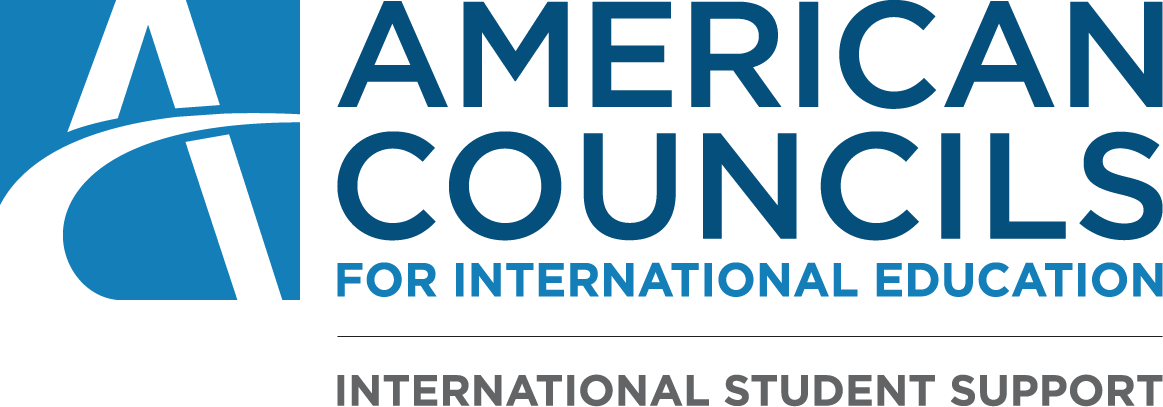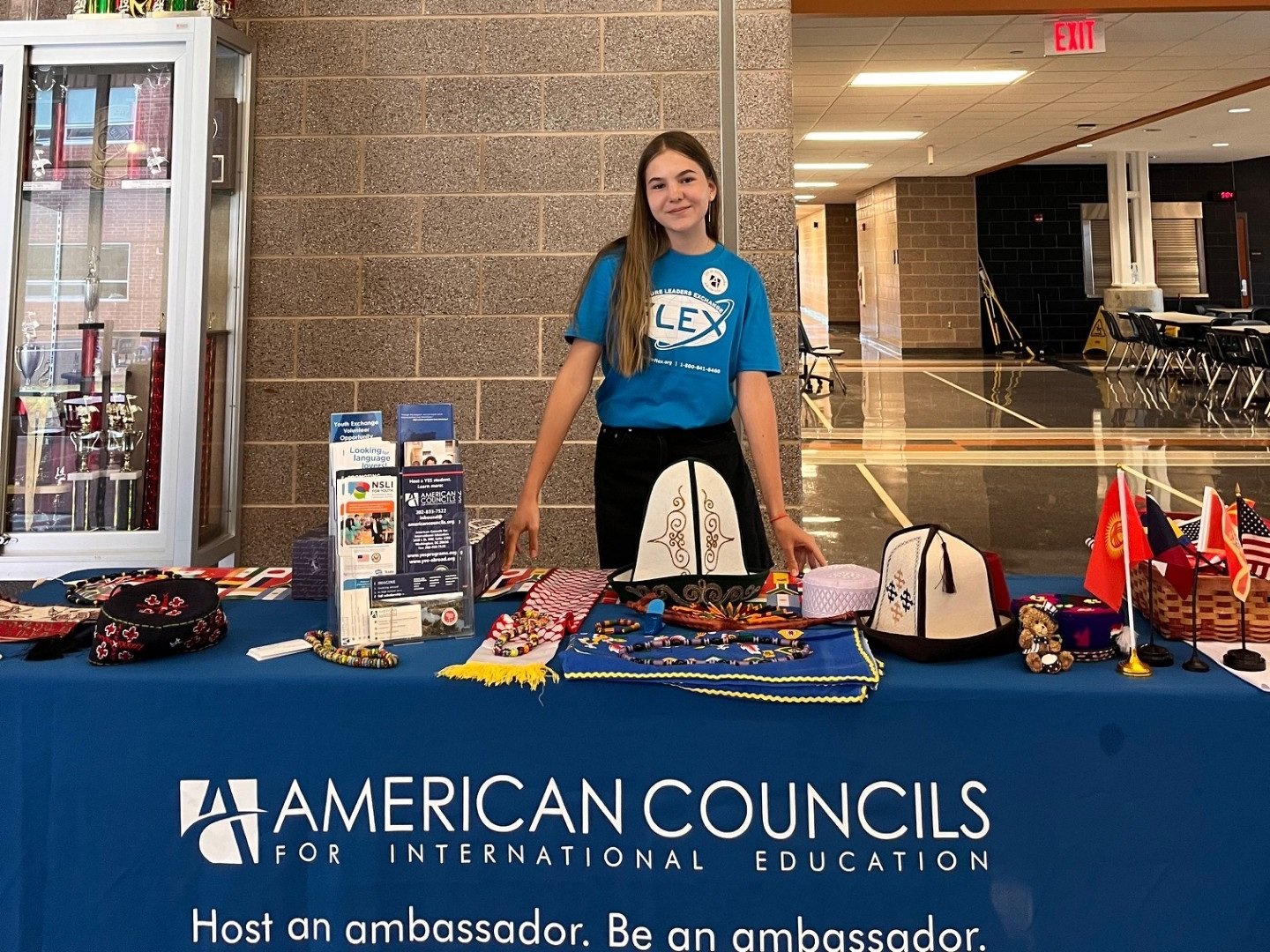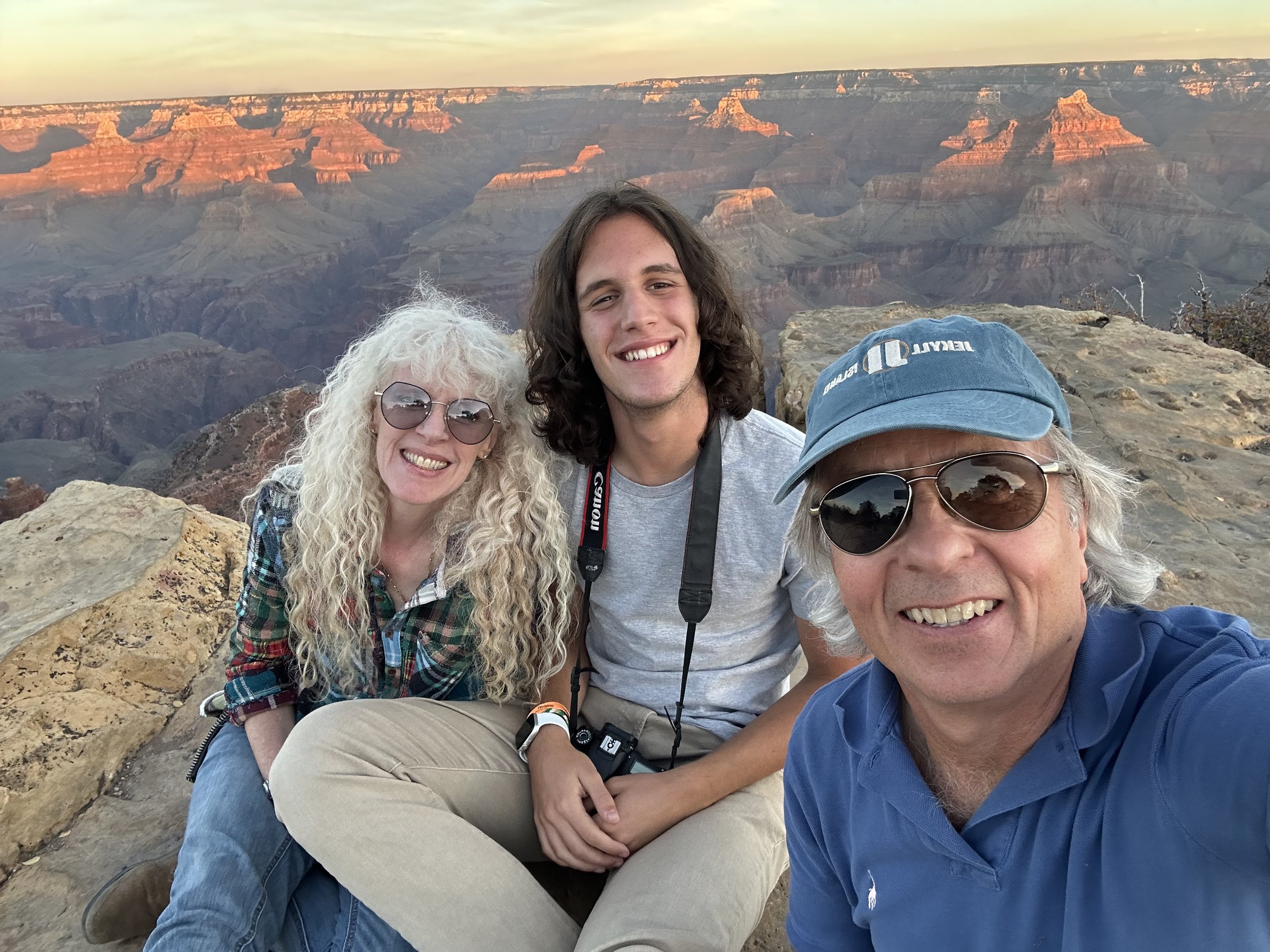American Councils students learn about the Underground Railroad
Local Coordinators share local history with students and make a big impact!
American Councils Local Coordinator Deb Bowen teaches her exchange students about the Underground Railroad which was active in her part of Illinois. Hear from YES program exchange student Devine from South Africa about what this experience has meant to her.
Back in 1619, the first African slaves were brought to America and sold by Europeans. Slavery became a very big thing since the colonists needed people to work in their fields. This idea grew and spread resulting in a rapid increase in the number of African slaves across the southern states. Some people in the colonies started being against the idea of slavery and so they discouraged slavery and took it upon themselves to help slaves who were on the run trying to find freedom. They became known as “abolitionists” and had to be as discreet as they could as their lives would be at risk if anyone found out and reported them.
The abolitionists created a secret pathway to help slaves escape, it was called the “Underground Railroad ”. Near where I'm being hosted, this included rides on real trains since the owner of the railroad from Quincy to Chicago Illinois was an abolitionist. They had stations in different smaller cities where the abolitionists would help any slave get onto the train, the slaves then had to get off the train just before it reached a bigger city like Chicago. That was where they would be “slave hunters” who would get rewards for catching runaway slaves. This was unique to our region since most people who helped runaways as part of the Underground Railroad didn't have the advantage using a real train, most runaways were on foot or hidden in a wagon on the backroads of the cornfields of Illinois. Two slave states, Kentucky and Missouri, border Illinois and it was a big path to freedom for their runaway slaves.
A special slave woman well known in my host community was Sukey who ran away from her master’s house due to the unbearable abuse that her son faced. She took her three kids with her, although she got separated from them and her kids were taken back to the life of slavery. But Sukey was helped by abolitionists in Galesburg where she was able to live her life freely. She even became an abolitionist and helped other runaway slaves find freedom using the Underground Railroad.
Though we’ve moved on from this form of slavery, there is still another kind of slavery going on across the world. It's called Human Trafficking and it involves abducting people and making them work for you, not at their own will and without any payment. The only difference now being that it can happen to anyone of any color and race. Same as in the past, we still have abolitionists who have dedicated their lives to saving people stuck in Human Trafficking situations. These people have put their lives and their families’ lives in danger by saving these people as the culprits are very dangerous people or may be people in positions of power.
It has been a great pleasure learning about all of this. Especially about human trafficking since I was not aware of how crucial it actually is until the day I met people who have been through it and heard them tell their stories. Now I know a real life abolitionist named CeCe and an abolitionist of old thanks to a historian named Ann."
Story by Devine, YES 2021-22 student from South Africa (hosted in Illinois)
Interested in sharing your corner of America with another exceptional exchange student? Find out more about how you can host a FLEX or YES program exchange student with American Councils here!
See Recent Exchange Stories
Looking for more stories?







